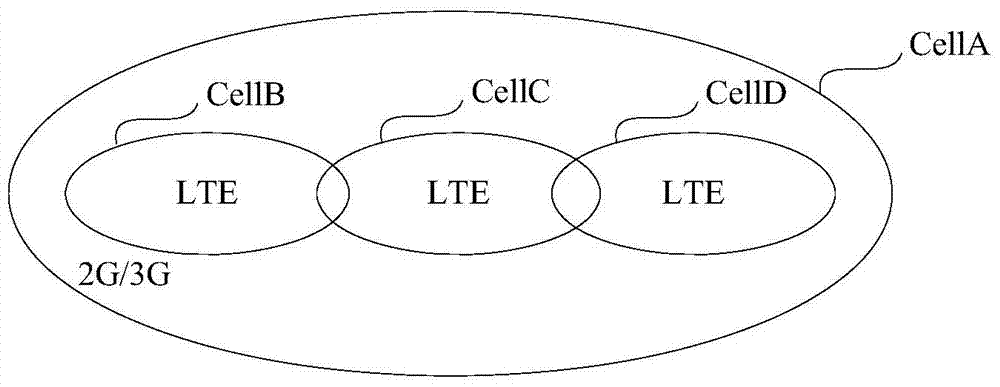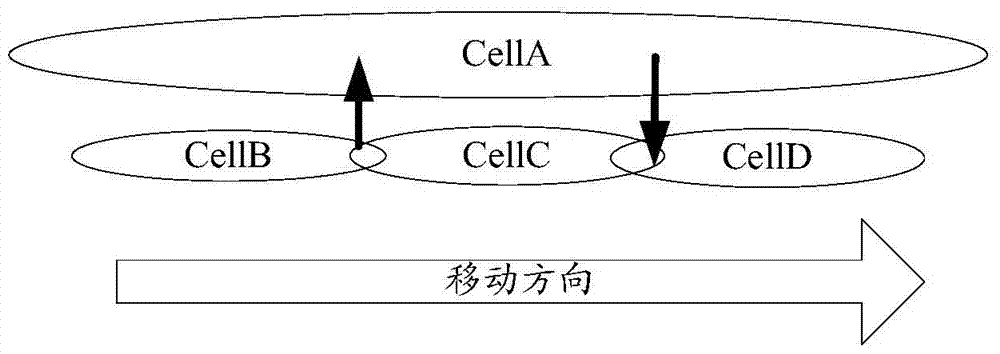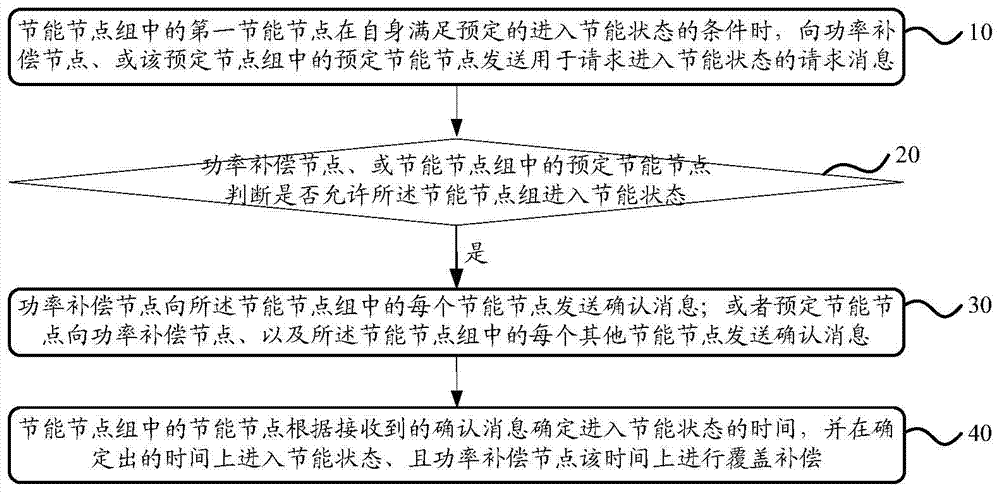Network energy-saving system, network energy-saving method, and related devices
An energy-saving system and network technology, applied in the field of wireless communication, which can solve the problems of poor communication quality of users and frequent switching of different RAT networks.
- Summary
- Abstract
- Description
- Claims
- Application Information
AI Technical Summary
Problems solved by technology
Method used
Image
Examples
Embodiment 1
[0047] In this embodiment, the power compensation node serves as the master node, and is used to determine whether other nodes can enter the energy-saving state and determine the time to enter the energy-saving state. The slave node group includes at least one energy-saving node preset as a slave node. When the slave node meets the predetermined conditions for entering the energy-saving state, the slave node sends a request message to the master node for requesting to enter the energy-saving state, and determines which node to use according to the feedback from the master node. enters the energy-saving state.
[0048] Please refer to the attached image 3 , is a schematic diagram of the network structure of the embodiment of the present invention. The master node S is the power compensation node, and the node A, node B, and node C in the scheduled slave node group are energy-saving nodes with the function of entering the energy-saving state. Node A, node B, and node C can be ...
Embodiment 2
[0071] This embodiment provides a network energy saving solution based on a cluster structure. There is at least one pre-designated energy-saving node in the energy-saving node group as the cluster head node, which coordinates all energy-saving nodes in the energy-saving node group to enter the energy-saving state at the same time, and the power compensation node performs coverage compensation.
[0072] Please refer to the attached Figure 5 As shown, the energy-saving node group includes three energy-saving nodes, node A, node B, and node C, and node C serves as the cluster head node. Node S is a power compensation node. Node A, node B, and node C may be nodes of the same wireless access mode with adjacent coverage areas. Node D is a node of a different wireless access mode adjacent to the coverage area of Node A.
[0073] Please refer to the attached Figure 6 , is a flow chart of the network energy saving method in the embodiment of the present invention. Here, the wh...
Embodiment 3
[0093] Embodiment 1 provides a master-slave-based network energy-saving scheme, and Embodiment 2 provides a cluster-based network energy-saving scheme, both of which are hierarchical schemes. This embodiment provides a solution without a layered structure. Each energy-saving node in the energy-saving node group sends a request message to other energy-saving nodes in the group when it meets the predetermined conditions for entering the energy-saving state. Waiting for notification; if the energy-saving node that sends the request message receives positive replies fed back by all other nodes in the energy-saving node group, it is determined that the energy-saving node group can enter the energy-saving state, and each other energy-saving node in the energy-saving node group, And the power compensation node sends a confirmation message; the energy-saving node that sends the request message and other energy-saving nodes determine the time to enter the energy-saving state, and enter...
PUM
 Login to View More
Login to View More Abstract
Description
Claims
Application Information
 Login to View More
Login to View More - R&D
- Intellectual Property
- Life Sciences
- Materials
- Tech Scout
- Unparalleled Data Quality
- Higher Quality Content
- 60% Fewer Hallucinations
Browse by: Latest US Patents, China's latest patents, Technical Efficacy Thesaurus, Application Domain, Technology Topic, Popular Technical Reports.
© 2025 PatSnap. All rights reserved.Legal|Privacy policy|Modern Slavery Act Transparency Statement|Sitemap|About US| Contact US: help@patsnap.com



